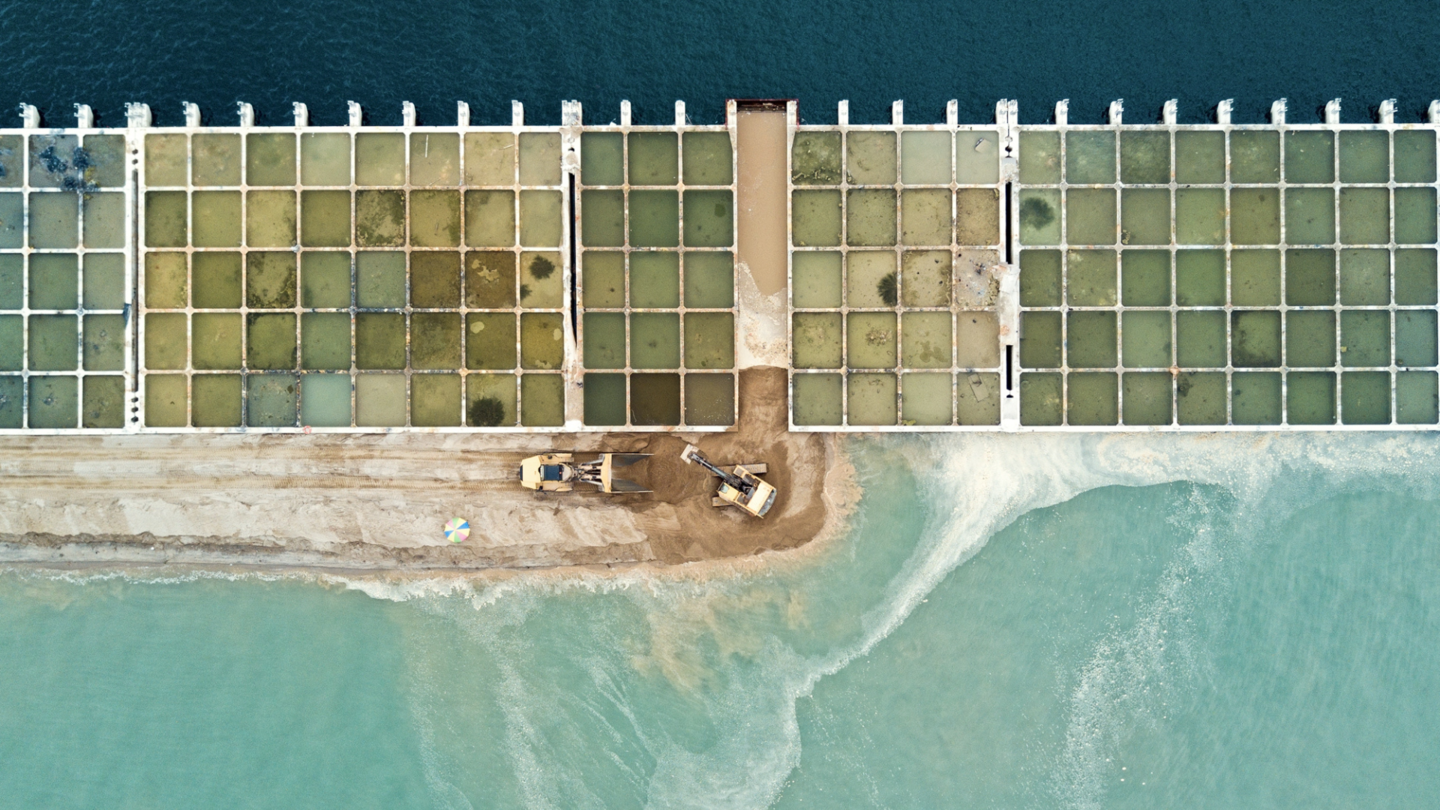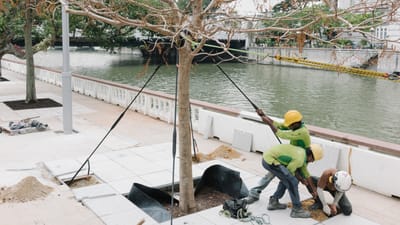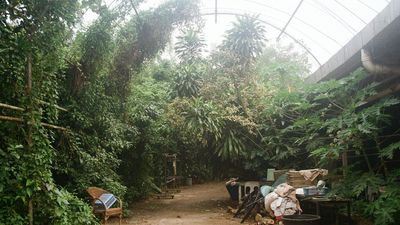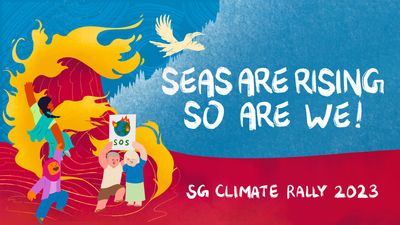“Matter and meaning are not separate elements…Mattering is simultaneously a matter of substance and significance.”
Karen Barad, Meeting the Universe Halfway: Quantum Physics and the Entanglement of Matter and Meaning
Ah Boon, the son of a fisherman and protagonist in Rachel Heng’s The Great Reclamation, is an unusual narrator of the popular, modern Singapore story: British colonisation, urbanisation and development, world war two, the Japanese occupation, and Merdeka. Before Singapore’s coast had been transformed into housing estates, recreational areas, business districts and ports, it had been home to Malay and Sumatran fishing communities—as well as Chinese migrants, including Ah Boon’s family, who learned their trade from the locals.
One day, Ah Boon, his brother Hia, and Pa, went out to sea on a motorboat as they always had, and chanced upon an island they had never seen before, rising out of the sea like a “giant humpbacked monster”. The discovery felt suspect, and Pa was afraid that dark magic was involved. Only Ah Boon felt no fear, “only prickling curiosity along with a strange soft ache.” The men kept the discovery to themselves for a while, before sharing their findings with the rest of the village. When they first set out with the villagers, Pa and Ah Boon were not confident that they would be able to find the island again, and feared the other fishermen’s ridicule. However, Ah Boon found himself entering a meditative or spiritual state, and “felt himself drop into that dark, empty space where the roar of the engine receded and the motion of the waves…became a kind of heartbeat”, a “kind of loneliness he could dip in and out of whenever necessary, grip onto like a slippery rope.” He “visualise[d] the soaring white cliffs, the flat, rolling meadow” he remembered from his first encounter, which brought them to the shores of the elusive island.
Ah Boon, Pa, and the villagers returned to the island time after time, but were confounded by its changing appearance. The very first time, they saw the island’s limestone cliffs glowing in the moonlight. The second time round, the island was flat, only slightly hilly, and bordered by a thick swathe of mangrove forest. Over the ensuing months, they discovered that this island was actually “an indeterminate, ever-changing number” of islands, “some…flat and ringed by brilliant white sands. Others jagged with limestone cliffs, like the very first island they’d found…Some were large, taking a full 20 minutes to circle with the boat, others no bigger than wide sandbars, several paces across.” As they kept going back, they continued to be mystified by the islands’ elusiveness, changing configurations and shapes. Far from the set and defined boundaries of Singapore today, these islands embodied the intermingling and porosity of boundaries between landmass and sea, fact and fiction, eliciting the coastal people’s magical thinking and willingness to be given over to mystery.
At first, the islands brought the villagers a new prosperity. Heng captures the agency of the sea, the fish, and the islands, as the entities that called out to Ah Boon; that “threw up” fish, prawns and squid; that filled their nets with plenty; that enabled Ah Boon’s family to send him to school, pay for his sick uncle’s medical costs, and meet needs they had struggled to fulfil in the past. Through and after the Japanese invasion, while residents inland suffered, the kampung was able to live off the mysterious fishing grounds. But, the islands’ magic could also turn dark, and became a perverse reflection of the suffering, turmoil and violence felt by those on land: the changing landmasses became more sinister, and “appeared and disappeared at will…fading behind thick mists and vanishing entirely.” The sea’s bounty, too, mutated, and the nets turned up creatures that were bruised and deformed.
Pa, who had been studying the islands, eventually realised that the shapes of the islands changed with the phases of the moon! Pa shared his discovery with Ah Boon, solving a little of their mystery. However, the codification of the shifting sands and the transmission of knowledge foreshadowed the islands’ eventual demise. Ah Boon, as an adult, would join the ruling People’s Action Party (PAP), and hand over his knowledge of the islands to address the sand shortage that had been created by the Gah Men’s land reclamation projects.
The Great Reclamation is a fishing village’s story of change and loss, set against the backdrop of seminal events in Singapore’s history. It is a story that centres the material of sand, not just in its physical qualities and uses, but the psychic pull it has on our desires, for enchantment—as we see with Ah Boon and the villagers—but also growth and stability. The cost of our growth, however, has also been displaced, invisibilised, and justified.



